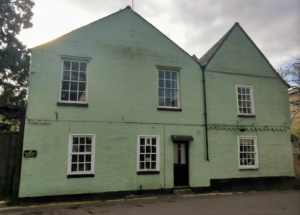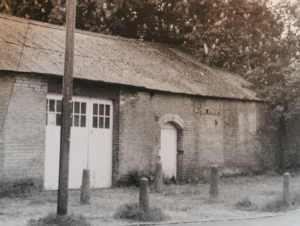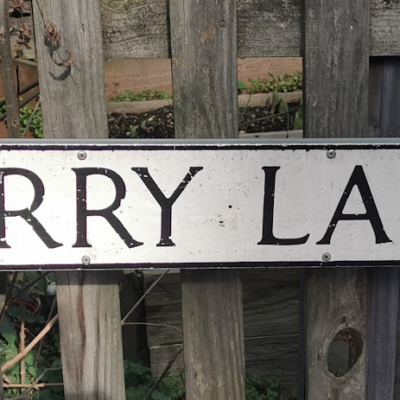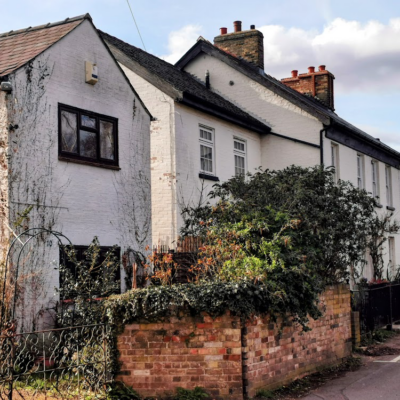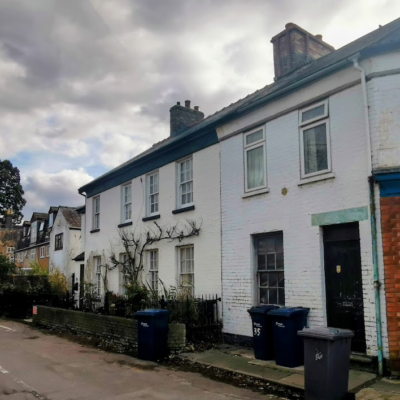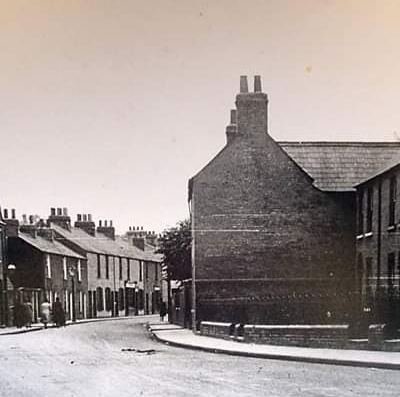Search by topic
- archaeology
- Building of Local Interest
- chapel
- charity
- church
- crime
- dressmaker
- fire
- Great Eastern Railway
- Listed building
- Mapping Relief
- medieval
- oral history
- poverty
- Public House
- Religious House
- Roman
- scholar
- school
- Then and Now
- tudor
- women
- work
- world war one
- world war two
Search by text
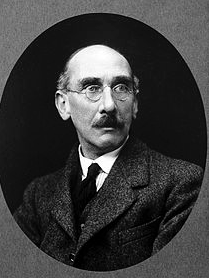 Charles James Martin FRS
Charles James Martin FRSRoebuck House, Roebuck Inn, 11 Ferry Lane / Water Street, Chesterton
History of Roebuck House, Ferry Lane
Royal Commission Survey of Cambridge 1959: the house presents a thick rectangular block on plan. The south-eastern part comprises a nearly symmetrical unit of the early 18th cent. designed with a room on each side of a central through-passage. An earlier range parallel with the adjoining the foregoing on the NW was rebuilt, with reuse of much material, by Robert Robinson when he bought the property in 1775; it then projected north-eastward beyond the early 18th century range and in the mid 19th century the NE re-entrant was filled. Robert Robinson, Baptist minister and farmer, wrote a brief account of his alterations and repairs; the MS is preserved in St Andrew’s Street Baptist chapel.
Outbuildings SW of the house, in part of timber-framing probably of the 17th century, include a stable; according to the MS, Robinson rebuilt the a stable, barn and wash-house in 1779.
The OntheMarket property webside in 2020 had this summary of the history of the property:
Roebuck House on Ferry Lane is the dominant feature at this end of Water Street. Ferry Lane is a short street linking Water Street and the High Street and was little developed until the end of the 19th century with much of the street in use as garden land. The most substantial and earliest property along Ferry Lane is the Listed Roebuck House, at the west end of Water Street. The rear of this building was rebuilt, partly in brick, by Robert Robinson (a Baptist Minister and farmer) in 1775. Enclosing its access to the street is a large timber gateway with reset oak head dating from c.1500 and which forms an attractive incident in the street scene.
Roebuck House, a Grade II Listed home with various additions, the original house dating from the Middle Ages encased in Georgian additions. The medieval ‘barn’ now fulfils a new roles as a family room enriched with exposed beams and half-timbering.
It has been at times an inn, a farmhouse, a biology lab and most recently a family home. Before they had a local chapel, it was used by the Baptists in the 1770’s when one Reverend Robinson bought the house and baptised people in the garden – the huge immersion font is still there, although now doing good service as a flower bed.
Roebuck House is a fascinating historic house in a very peaceful and secluded spot due to the high garden walls and mature trees that surround it. Although it is only a mile or so from the buzz of central Cambridge and the railway station, its garden of almost an acre and its picturesque location by the river makes it feel very peaceful and set apart.
Eccentric and illustrious previous owners have included university academics of national and international renown. Sir Charles Martin, the eminent Fellow of the Royal Society who was responsible for the National Loaf recipe in World War II. More fun was had by Professor Jack Haldane, the biochemist, who was rumoured to frolic naked in the gardens with students from one of the university’s notorious drinking societies.
1836
Advert in the Cambridge Chronicle for a gymnasium opening at the Roebuck Inn, Chesterton.
Fri 21 Oct 1836 – [ADVERT] Roebuck Inn, Chesterton. Slate and other Billiard Tables, Gymnasium, &c. &c. W. Booth begs leave most respectfully to return thanks to the noblemen and gentlemen of the University of Cambridge, for the patronage he has experienced since his entering on the above establishment, and begs a continuance of the same, and pledges himself that nothing shall be wanting on his part to give satisfaction to those gentlemen who may be pleased to honor him with their commands. he begs further to offer to their notice a new splendid slate billiard table, made on a complete and improved new plan, manufactured by Messrs Burroughs and Watts, Soho Square, the former being late forman to Mr Thurston. he begs also the favour of their patronage to a Gymnasium, erected on the same principle as the one at the Royal Military College at Sandhurst, the perpendicular poles with ropes and ladders, 30 feet high, giant’s leap, horizontal and parallel bars, and leaping poles are ready for practice, the whole will be complete in a few days. the terms of practicing on this machinery will be five shillings per annum. the name of any gentleman becoming a subscriber will be esteemed a favor – a book at the bar of the above inn will be kept for that purpose. N.B. orders taken for slate and other billiard tables for private parties. source: Cambridge Chronicle and Journal, Fri 21 Oct 1836 p. 3
1847 6th July. Josiah Chater went on the river with some friends and called on their way back at the Roebuck Inn, Chesterton, for ginger beer and biscuits. From the garden of the inn they had a good view of the ‘grand Installation Balloon’ which went up from Parker’s Piece, the ascent being made by the aeronaut, Mr [Charles] Green, who was paid a fee of £60 16s 8d. (Victorian Cambridge, Enid Porter)
27th December: Romilly records in his diary. ‘A Mrs Warren (late of The Roebuck) cam to my room and cried me out of £1: she is in distress about rent: she said that her late husband was one of the four natural children of old Hailstone (Vic. of Trumpington) and that he (H) as long as he lived allowed her £50 a year.‘
1901 (11)
James Osborne, 73, tailor and robemaker
1911 Roebuck House, Water Street
James Osborne, 83, tailor robe maker, b Essex
1913
These buildings were used at one time as the woodwork classroom for boys at St Andrew’s School.
1962
Michael G Martindale
Contribute
Do you have any information about the people or places in this article? If so, then please let us know using the Contact page or by emailing capturingcambridge@
License
This work is licensed under CC BY-NC-SA 4.0





